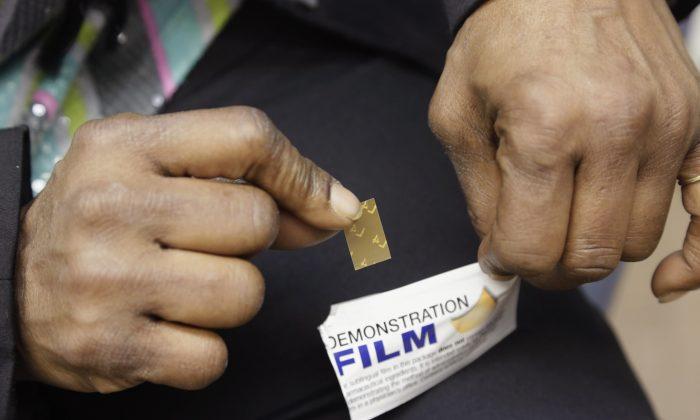Martin* is a 32-year-old bond trader who has given up the fight. Wide-eyed and looking a bit lost, he slumps back in his chair. “The Street is a nightmare” he sighs, shaking his head. “A living nightmare. Ugly doesn’t begin to describe what goes on there. It’s a piranha tank, but I make a lot of money! And I mean a whole lot. That’s what I’m doing there. I just bought a million dollar condo for cash with change left over, but I have to shoot dope before 9 a.m. to face my morning clients.”
Hal* is a 29-year-old investment banker. As he tells it, his breakfast consists of coffee, a bagel along with two 30 milligram tablets of Oxycontin just to start the day. “I never thought I‘d end up in this situation. Not me. I’ve always been a winner at everything I’ve put my hand to. But the wife is about to divorce me, and I know I’ll lose custody of the kids. I just can’t go on like this.”
Young men like these in their 20s or 30s, wearing designer suits that bespeak six-figure salaries, have been coming to my office for help with Oxycontin, Opana, or heroin addiction since I opened in 2000. There has been a noticeable uptick in the numbers of these men over the past four to five years, which makes me think that the opiate drug epidemic, especially on Wall Street, is ramping up.
In my practice I see about ten men to every one woman. Most have experimented with painkillers as teens. They have chosen to work in the explosive world of the finance sector, which entails long hours and incredible pressure to produce, all with millions of dollars at stake. The painkillers and/or heroin they take immediately dissolves all strain and makes them feel euphoric and in control of out-of-control situations.
Although they are generally still financially secure when they come to see me, their relationships are starting to crumble. Their often tenuous connections with partners, family, and friends are strained to a breaking point by time and money, and the strain of their drug habit. Many have still not disclosed their addiction to their intimate partners or friends by the time they seek help, piling more pressure onto failing relationships.
Another group I see a lot of in my office are the 20-something children of affluent parents. Often they’ve come to NYC to “do” music, film, acting, etc., but instead end up deep into heroin or pills.
I get calls from parents as far away as Oklahoma and California begging me to help save their children. These young users spend their monthly living expenses within a few days on drugs and then call for more. The only thing between them and the street—with subsequent possible involvement in prostitution and crime—is their parent’s monthly check.
It can be easier to help these younger users because they rely on their parents’ cash flow. In many cases, when the children can’t quit on their own, I tell parents to invoke the principle of “tough love,” stop financing their habit, and let them hit bottom. This is a frightening decision for many parents, but the alternative—to keep enabling their children—can result in a life of even more severe drug addiction, funded by well-meaning parents.
Treatment
If you know someone who is abusing opioids such as Oxycontin, Opana, or heroin, I urge you to help them find a responsible physician who has access to full range of resources.
The tools that are proven to treat addiction include individual and group counseling, psychotherapy, and psychiatry. Remember that getting a person to a treatment center is an important first step for a lasting recovery.
The professionals you seek out must work to help heal the addiction, not just give you a Suboxone prescription.
Suboxone, is a semi-synthetic opioid paired with an opioid blocker, called nalaxone. The opioid in Suboxone, buprenorphine, prevents addicts from going into withdrawal and the nalaxone prevents them from getting high on other opioids. Doctors prescribe Suboxone because users cannot get high with the blocker in their system.
Patients often describe their first experience with Suboxone as, “I feel normal,” or “I feel better than I’ve felt in years,” and it has very few adverse effects, with none of the constipation, or nausea felt with most opiates.
Suboxone breaks the cycle of drug abuse and gives the physician a chance to engage the addict in the work of recovery. The flip side is that it is an extremely potent medication and leave you or your loved one hooked with no way out.
*Names have been changed
Dr. Dana Jane Saltzman is an addiction specialist based in Midtown Manhattan.



Friends Read Free